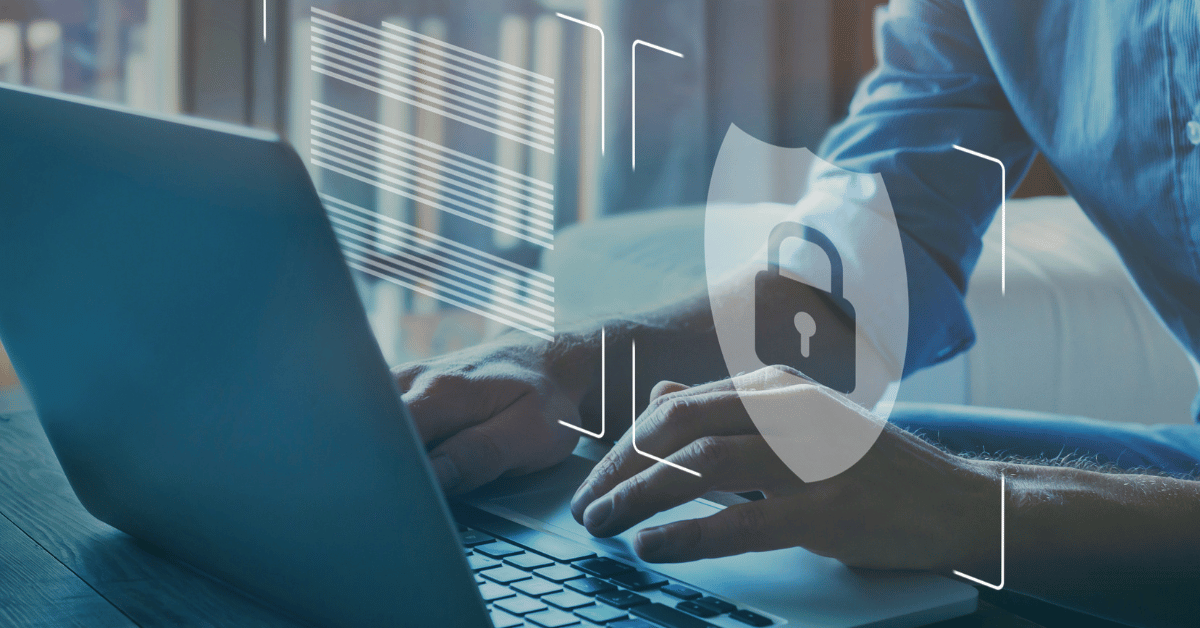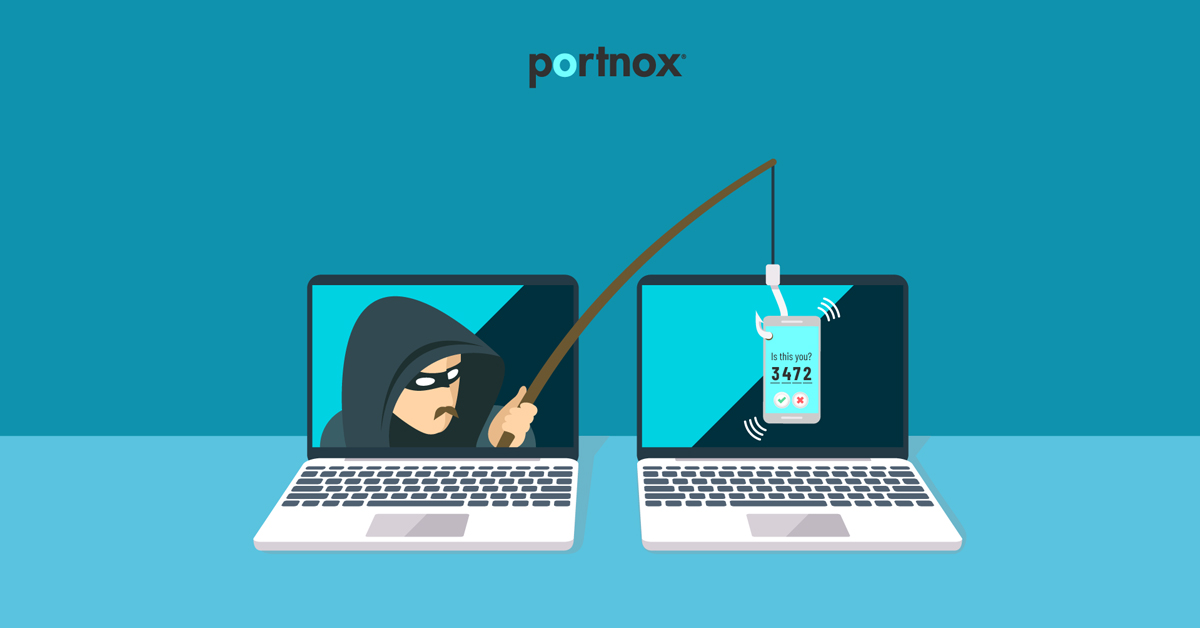Handling Network Security in Today’s Highly Decentralized Organizations – Part 1: Cybersecurity Challenges

Today’s Top Cybersecurity Challenges
1. The Perimeter is Dead
We know that our businesses are becoming more digital and connected every minute, of every hour, of every day. This is a global trend and the source of one of many emerging cybersecurity challenges. It is also the foundation for increased delivery speeds, efficiency and productivity in all organizations. Organizations these days are no longer limited to their physical office premises as they once were.
In many cases, team members are allowed the flexibility of working remotely, telecommuting and working in different branches across different countries, sometimes working in shared co-work offices with other remote employees and business owners. That said, IT Security Officers have their work cut out for them, whether they are handling a large multi-national organization or a small-to-medium business.
We all know and feel the incredible threats looming on our networks and the constant care that must be taken to assure the security and integrity of our organization’s assets, whether they are physical or intellectual. In this, first post of a series of three, we’ll review a few cybersecurity challenges with network security and then consider some solutions in parts 2 and 3 of this blog.
2. We Adore Our Mobility
There is a lot of satisfaction that comes with the increased productivity, flexibility and mobility offered by digital transformation. Is there anyone out there who would like to trade their smartphone back to a flip phone? Their laptop for a desktop? The answer is clear: obviously – no. We all adore our mobility and digital advancements. So much so, that IDC predicts that within the next two years there will be close to 200 billion Internet connected devices.
If you are reading this article, there is an excellent chance that you use 5-6 connected devices, including your smartphone, a wearable of some sort, a laptop or two and a tablet or two. Perhaps you have a few IP cameras monitoring your home and office while you are away. And that’s just you. Now think of all the people bringing their own devices to the enterprise these days.
Next, let’s think of the IoT (Internet of Things) devices that are increasing their presence everywhere, according to IDC, there will be 80 billion connected IoT devices by 2025, enhancing a security concern stemming from the fact that IoT devices are almost invisible on many enterprise networks. Additionally, employees are accessing any kind of application under the sun (or florescent light), on their own devices and via the Internet on their company managed computer. These applications and websites are used for both personal and work-related purposes, placing the organizations’ assets at risk.
3. Network Complexity
In today’s decentralized enterprises there are multiple access layers at play, including the use of wired, wireless and VPN connections. This is one of the core security issues with complex networks in decentralized organizations with locations in different states and countries. Multinational organizations suffer from increased risk due to their IT security loopholes and the abundance of access ports and end-users. It is no wonder then that many IT departments have settled for half-promises of asset security and network controls.
They must work within the constant cyber threats that seem to be spreading faster and everywhere these days. Unfortunately, one of these half-promises leads to uncompleted NAC implementations (Network Access Control) and to lengthy and unsuccessful projects.
4. Security Vendor Fragmentation
Another one of these current cybersecurity challenges is vendor fragmentation. Vendor fragmentation is an incredible headache that must be handled. It seems like there is a solution for every inch on the network, as long as you are willing to work with five different vendors. Implementation is labor intensive and expensive. Moreover, IT leadership struggles when selecting vendor software because the solutions are diverse with no single vendor able to meet all requirements and use cases, especially with decentralized organizations.
5. Safely On-boarding All Devices
On-boarding devices onto the network in a distributed organization is not hassle-free, often slowing productivity down. Additionally, compliance must be enforced across the organizational network, no matter which location around the world or which device is being used. At the same time, if one of your team members lost their computer, there should be a clear path to prevent that device from on-boarding the network.
6. Cybersecurity Posture
Many CIOs and CISOs have the constant burden of dealing with and maintaining the organization’s cybersecurity posture while potentially being targeted for cyber-attacks. With cyber-attacks being on the rise and in the news every week, it is no longer a question of if, but rather a question of when one’s organization will be under attack. And so the question arises – are we as prepared as we could and should be?
The network complexities outlined here may be preventing many from establishing optimal solutions and procedures for their organization, especially those that allow full visibility and risk management, not even imagining how serious the threats are till it is too late. Is it really going to take a complete data breach before we do anything about it? Can’t we just learn from other organizations’ mistakes and misfortunes? (Note the 2017 WannaCry attacks for example).
Still, once IT departments have been burnt by unsuccessful NAC projects, they might be slow and cautious before initiating the implementation of a new and ideally – better – technology.
Try Portnox Cloud for Free Today
Gain access to all of Portnox's powerful zero trust access control free capabilities for 30 days!







